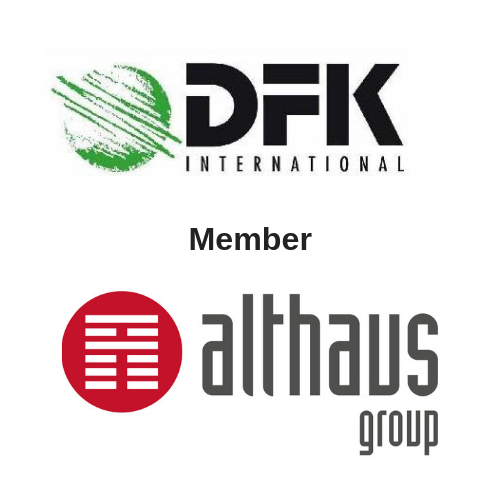
According to the general rule, a Russian company which pays dividends to a foreign company is liable to withhold tax (WHT) at a standard rate of 15% (if a DTT (Differ Tax Treaty) is applicable, the WHT rate can be reduced up to 5%). Finally, an individual, which receives dividends, is liable to pay personal income tax (PIT): 13% – for Russian tax residents, for non-Russian tax residents it depends on WHT regime in the final chain member taking into account DTT provisions (if applicable).
Russian tax law provides an option which reduces effective tax rate if an ultimate beneficial owner (UBO) of income paid by a Russian company is known for the Russian company and can be declared to the Russian tax authorities: look through approach.
The essence of this approach lies in the ability to declare a person as the UBO of dividends paid by the Russian company. It permits the Russian company to withhold Russian WHT from the UBO dividend income, taking into account provisions of DTT between Russia and UBO jurisdiction. If UBO is a tax resident of Russia, the rate of 13% will be applied.
It is a relatively new practice.
We will continue to keep you updated in relation to the legislative developments. General conclusions are that companies may “re-think” and try optimize their foreign structures.

DFK International is a respected international association of leading independent accounting firms.
Althaus Group boast a first-class team of over 200 professionals in finance, tax, law, appraisal, and engineering.
To contact Althaus Group tel: +7 (499) 678-22-98 or email: obarbashova@althausgroup.ru.
As an organisation whose motto is “ahead of progress” and who strive to be at the forefront of all innovation in economic, legal and technological fields, Althaus Group are proud to be DFK members.

‘Business Culture Essentials’ online course
In-depth courses on key international destinations
Video masterclasses
Comprehensive guides on doing business in 40+ countries
Country fact files for 40+ destinations
Expert blogs and articles
© Keith Warburton 2025, All rights reserved
World Business Culture, West Down, Chalk Hill, Soberton, Hampshire SO32 3PH